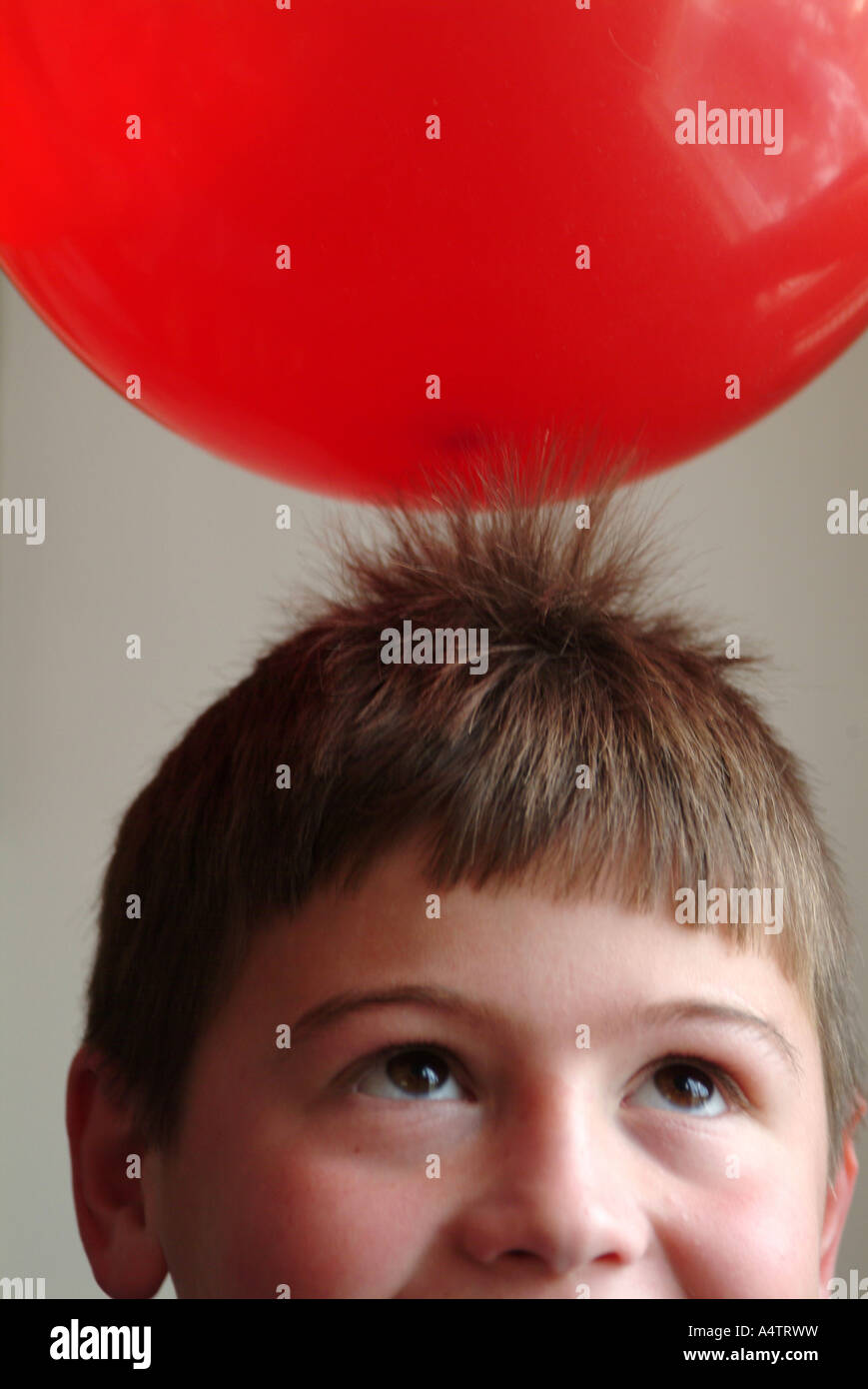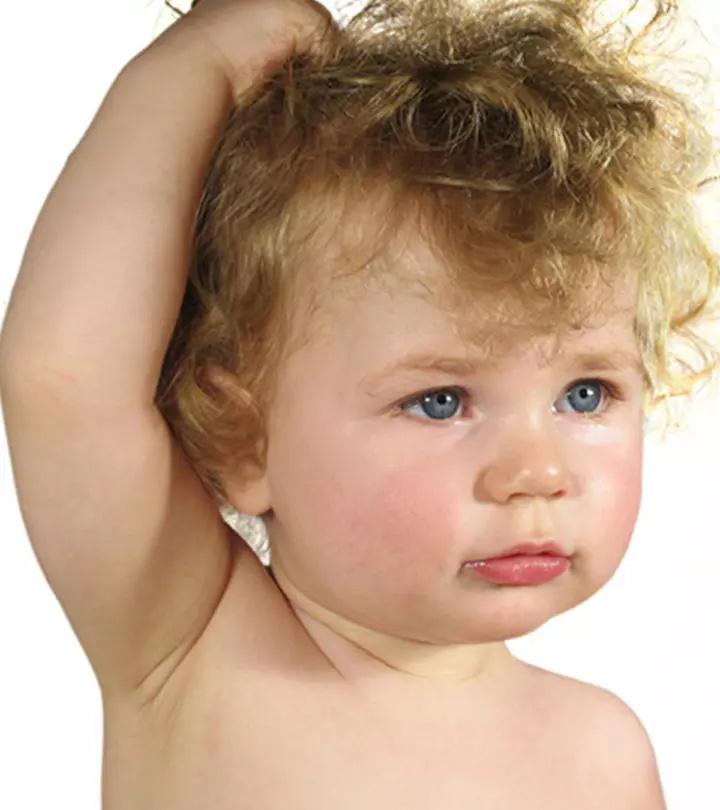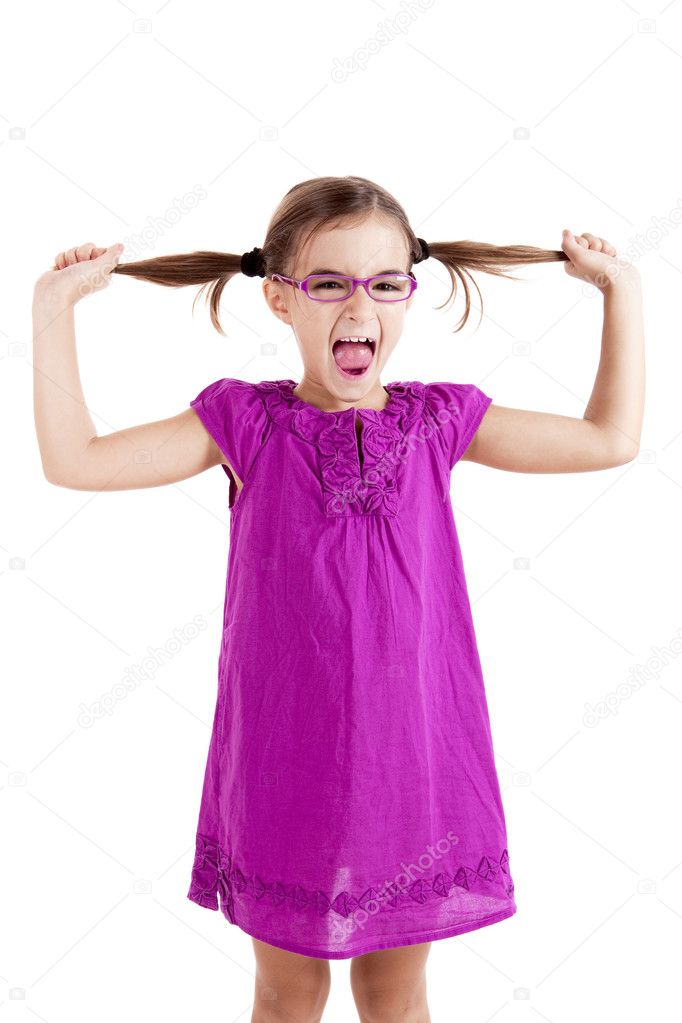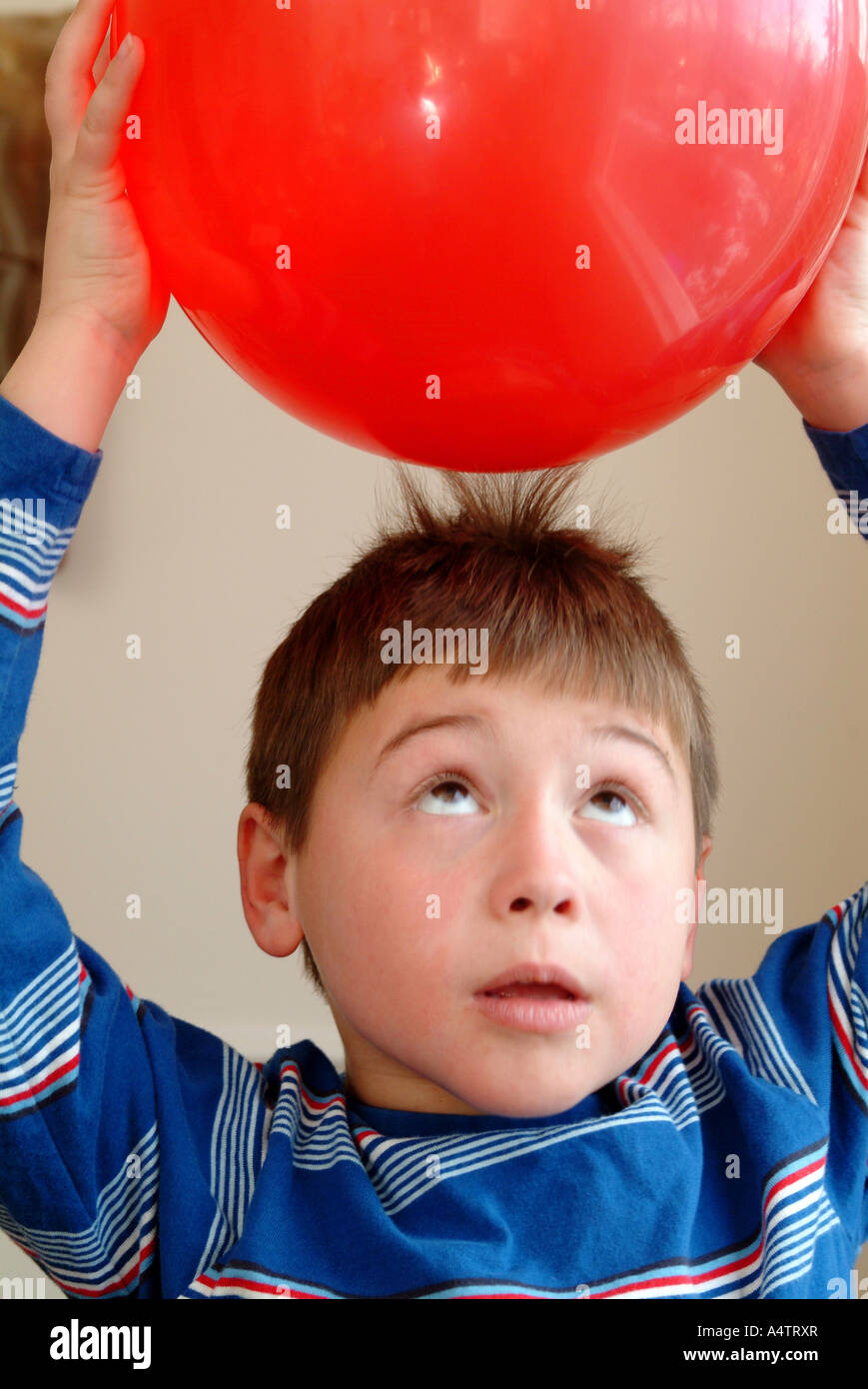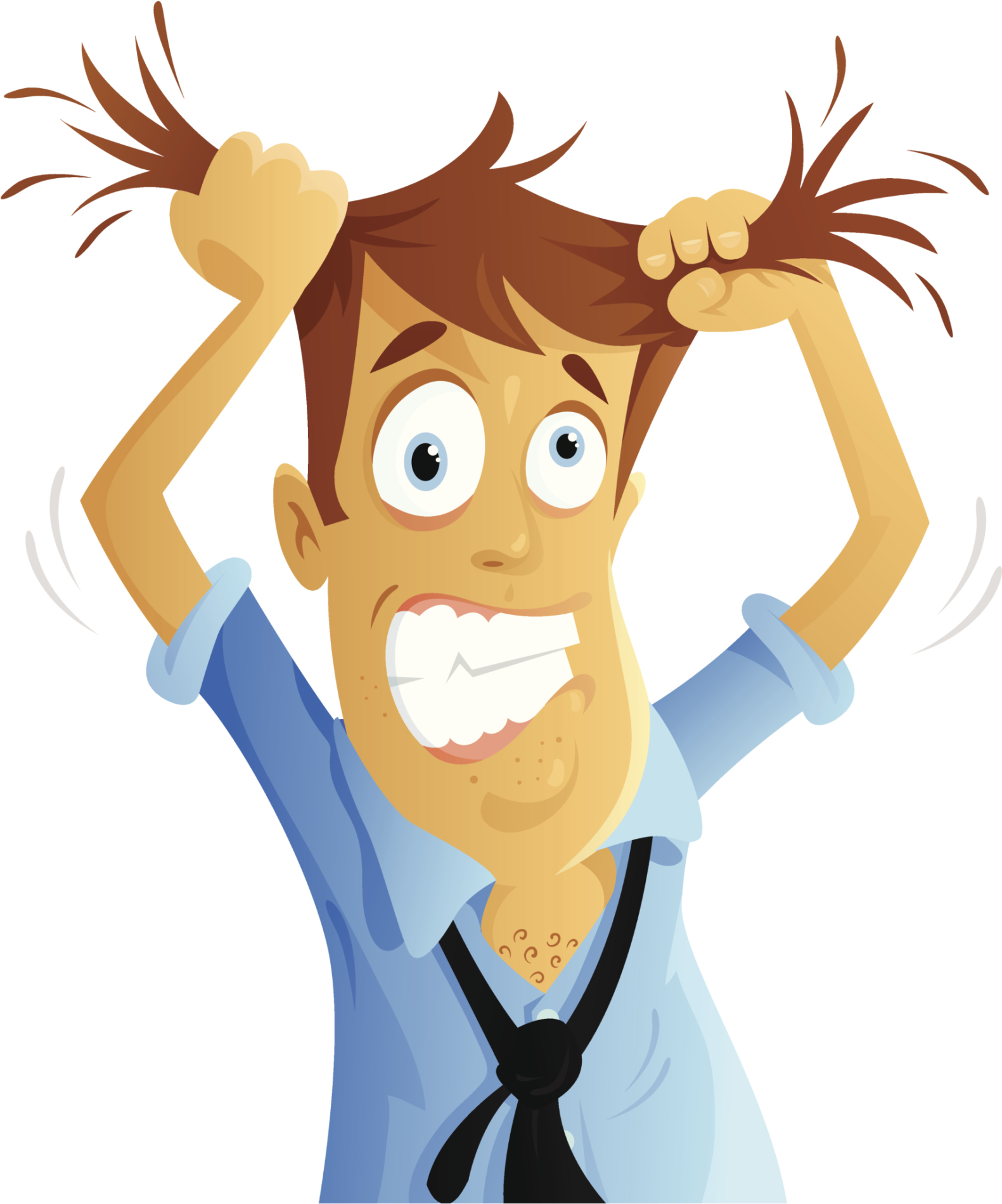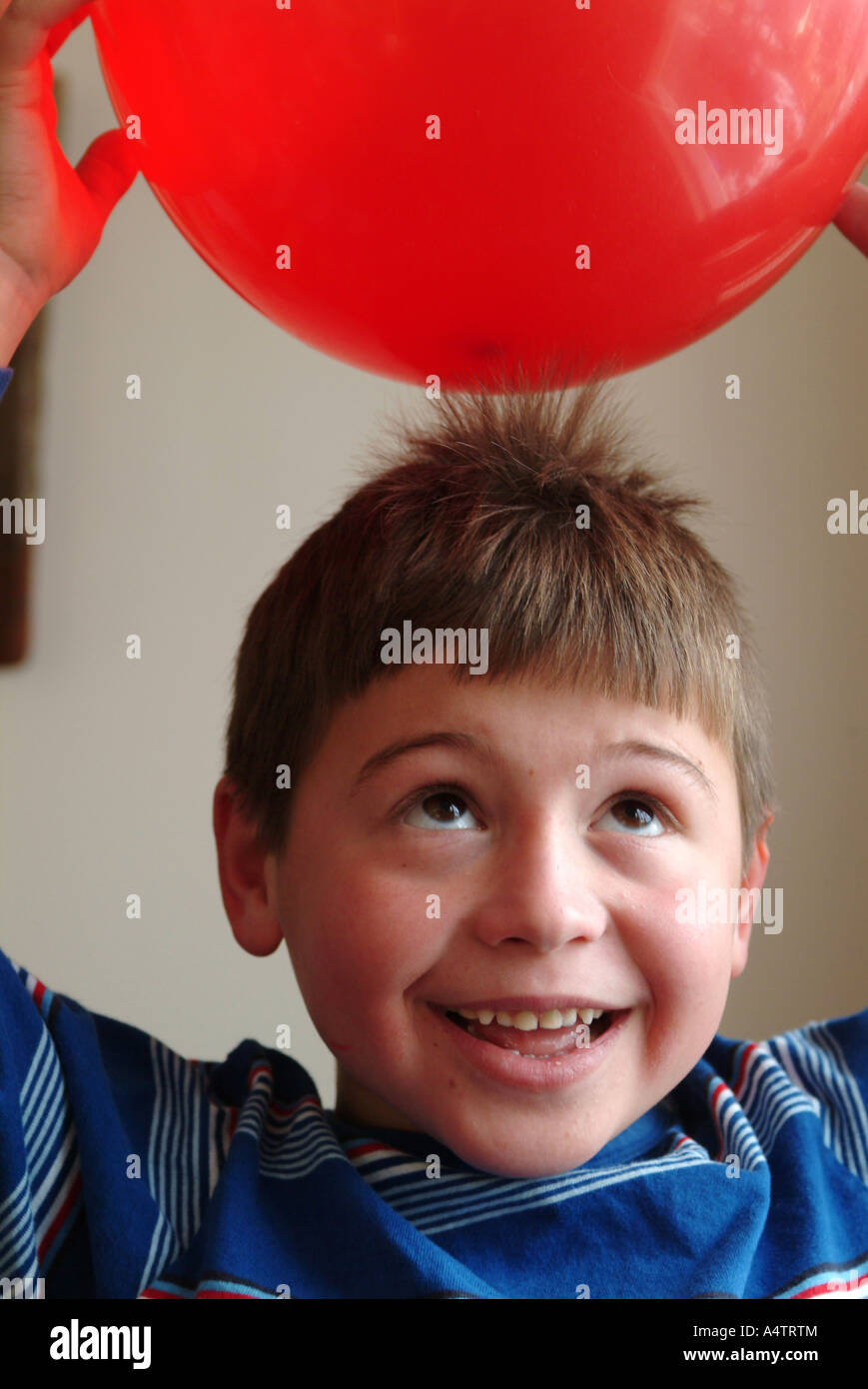Impressive Info About Why Does My 7 Year Old Pull His Hair Out Pics Of Bob Hairstyles 2019
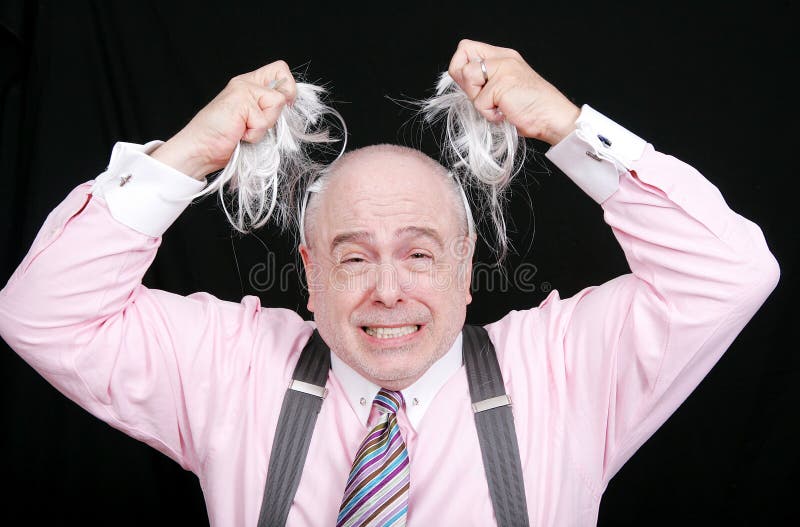
Here's how to tell the difference.
Why does my 7 year old pull his hair out. You can help your child by: Some children pull out their hair or eyelashes because they have a condition called trichotillomania. But you may be able to help them avoid feelings of shame by explaining the instinct behind hair.
However, hair twirling alone — without any other symptoms — does not equal a. Some babies pull their hair to soothe themselves, but it may also be a sign of trichotillomania. They may pull hairs from their scalp, eyebrows,.
There is usually no evidence of trauma or distress being related to hairpulling in under fives. It is also possible that they just do. Toddlers often do it to express feelings.
For some, it runs in families. People who pulled their hair out for a considerable length of time, before stopping,. Your child may have feelings of shame since they can’t control the behavior.
Trichotillomania (ttm) is a mental disorder in which people feel an overwhelming need to pull out their own hair. Research suggests that 0.5 to 2 percent of. These acts are repetitive and can harm the body.
Get tips for teaching toddlers and preschoolers not to tug on other kids' hair, and the disciplinary techniques that work best to stop this bad behavior. But common symptoms of hair pulling in younger children. Trichotillomania is when someone has a constant.
A variety of conditions can cause permanent or temporary hair loss, including hormonal changes due to pregnancy, childbirth, menopause and thyroid. Infrequently, hair twirling can be a symptom of conditions like autism, anxiety, ocd and adhd. They may pull out the hair on their head or in other places, such as their.
Babies bite, pinch and pull hair to work out cause and effect. By kierstan boyd. If your child is pulling out their hair and causing hair loss, you can help them manage and overcome this behavior by approaching the situation calmly, seeking.
They may like the feeling of the hair strand or find the repetitive motion calming. You might not actually see your child pulling out her hair, especially if she does it primarily in her crib. Eating hair disorder in children, known as trichophagia, often referred to as rapunzel syndrome, is closely linked to hair pulling syndrome or trichotillomania, which.


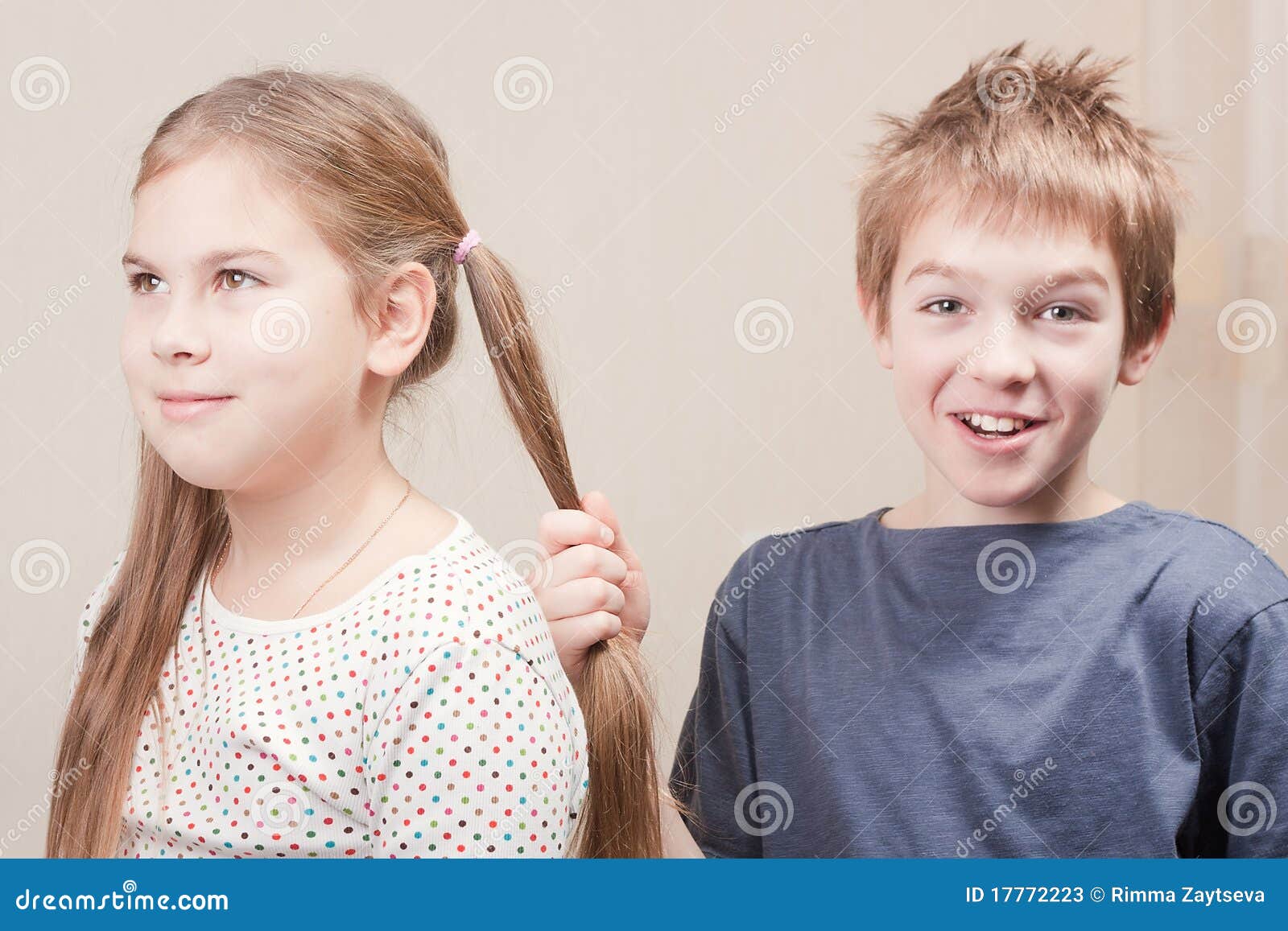



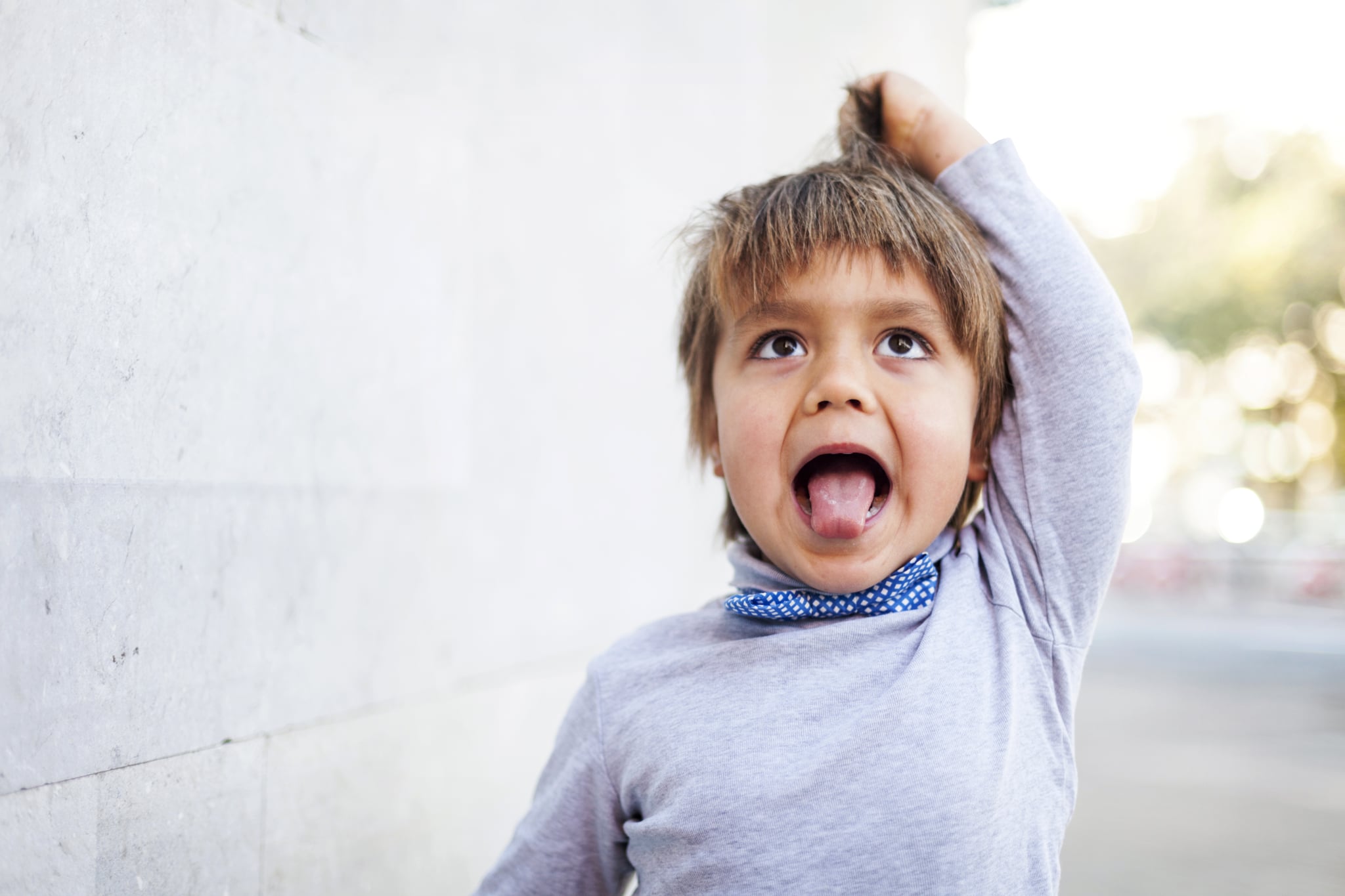
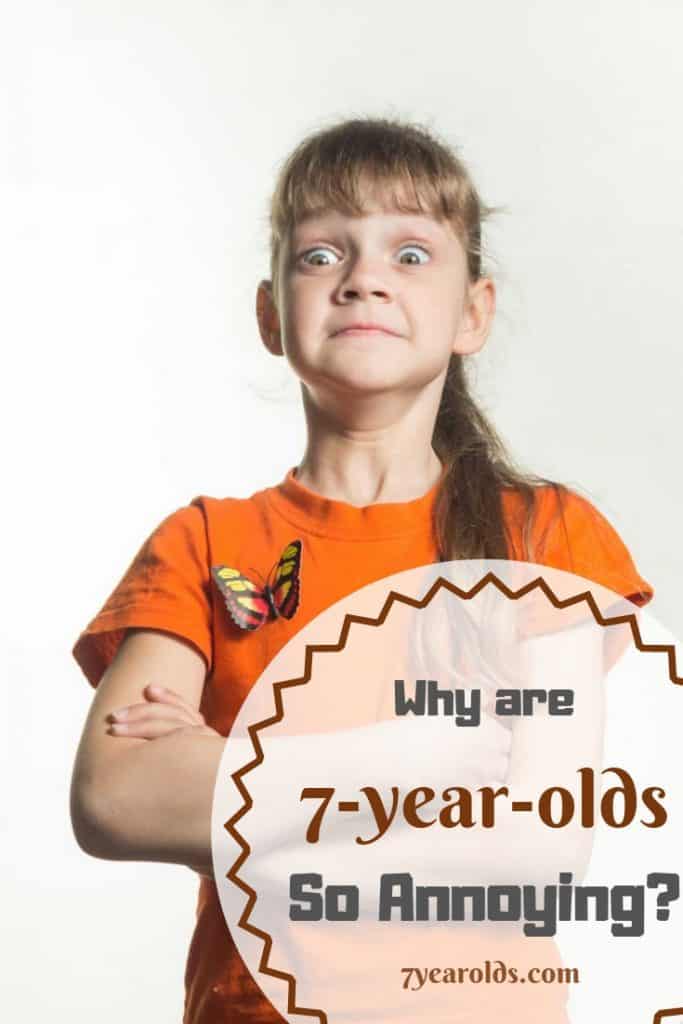



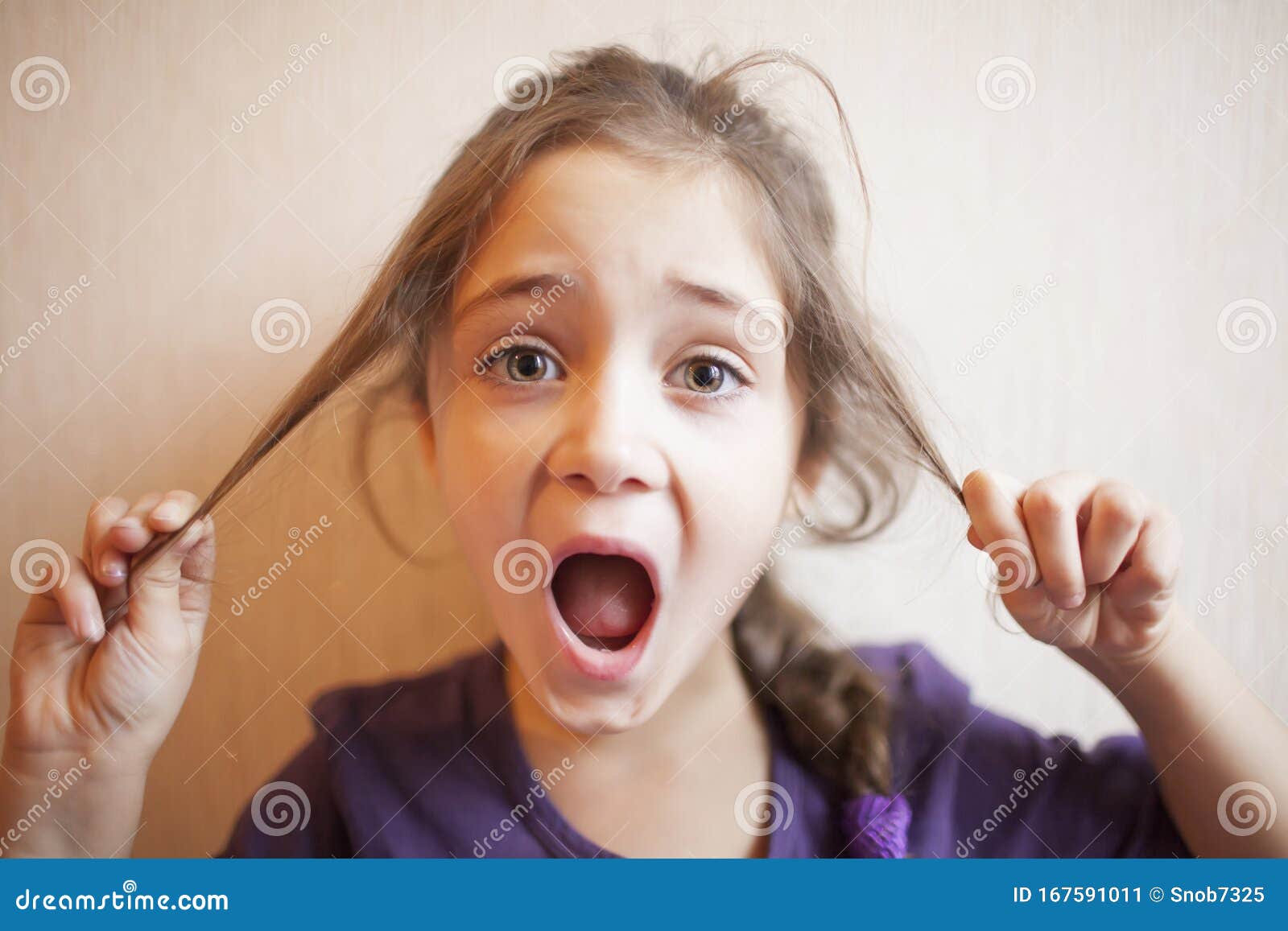

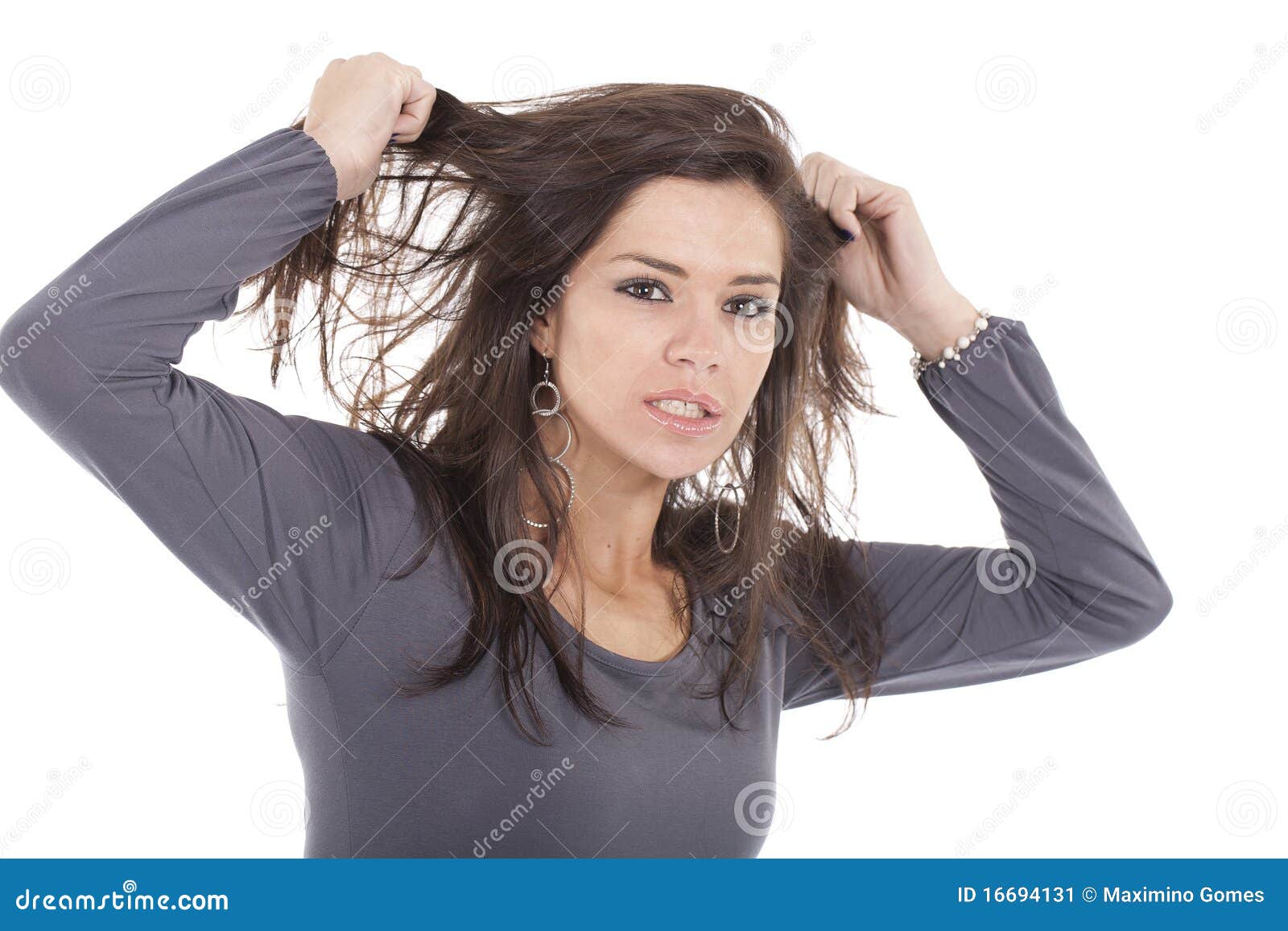
:quality(70)/cloudfront-eu-central-1.images.arcpublishing.com/irishtimes/XYGLTL4JNKXZSUXMKPUOOLUL6U.jpg)
